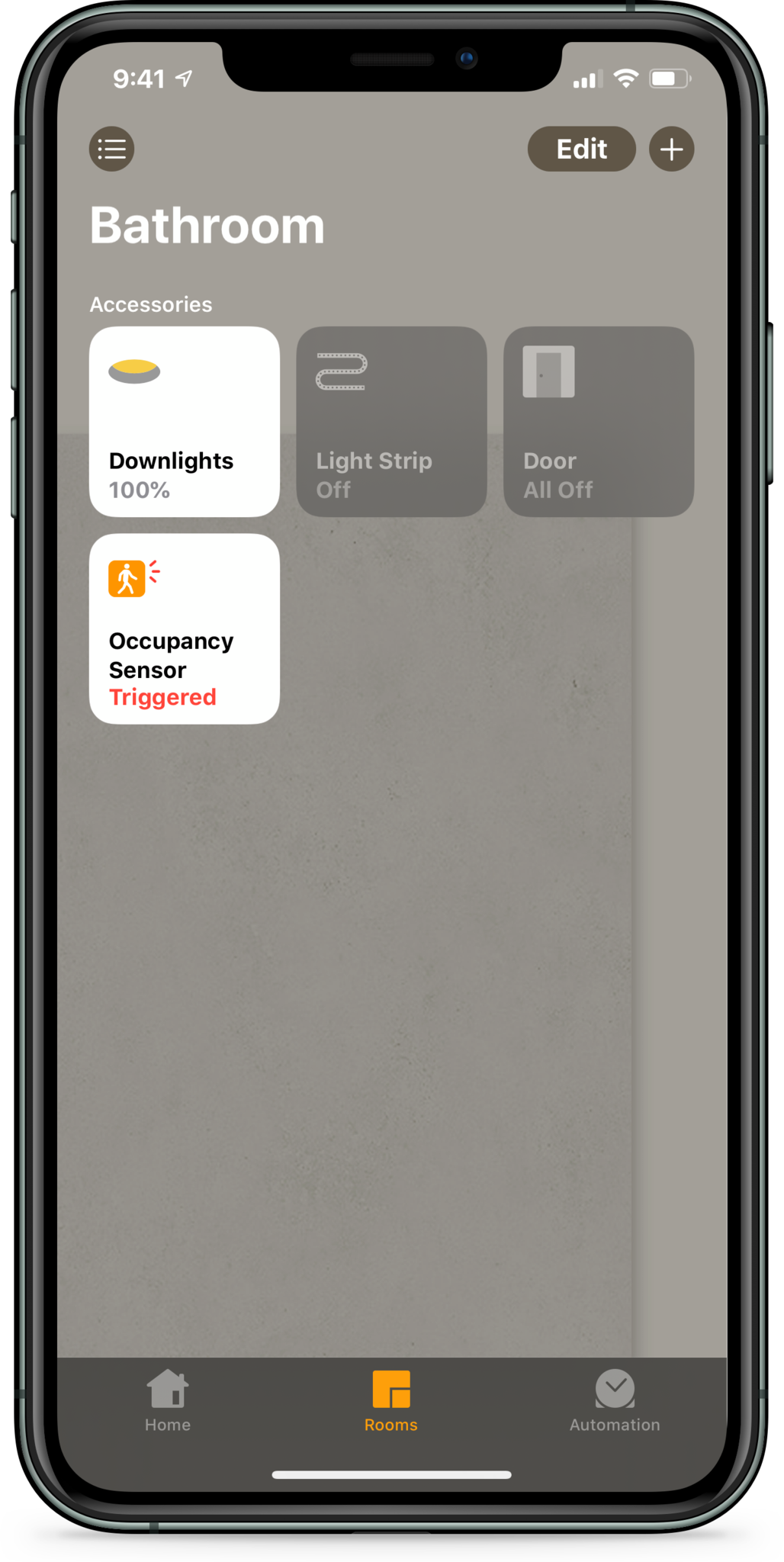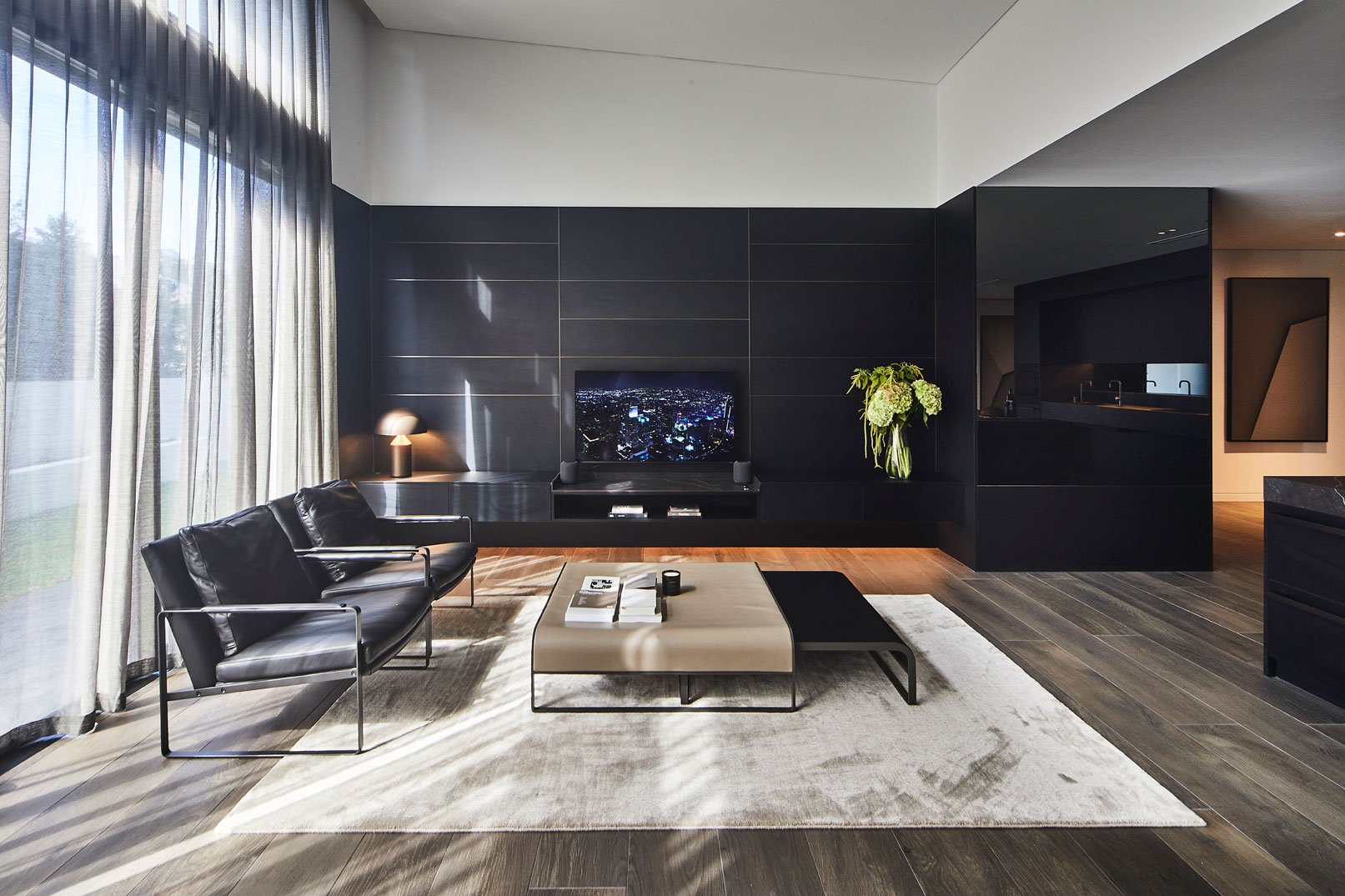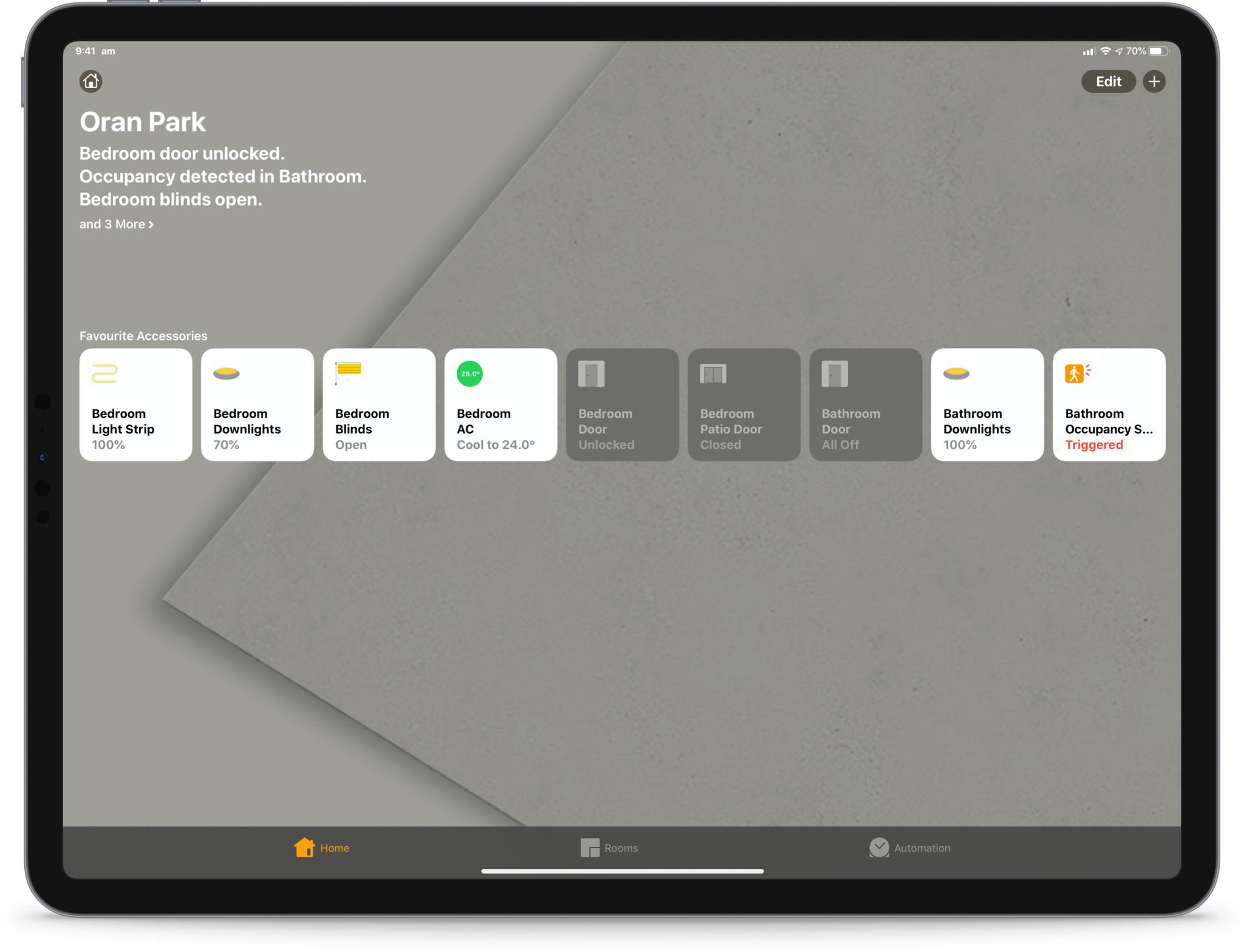We toured this accessibility-focused HomeKit home, and we were blown away by what we saw

Disability housing provider, DPN, officially opened the doors to its Casa Capace HomeKit powered property to the public last week in Sydney Australia. Consisting of two homes on a single property, each of them were developed with the idea of helping residents who require disability accommodations. This is the first of many planned properties across the country that leverage the power of smart technology, including Apple's HomeKit, to enable a greater level of independent living.
I was recently given a virtual tour of the property before its unveiling, led by DPN's Chief Innovation Officer, Daniel Feodoroff, where I could see all of the thoughtful, and well, just plain cool, technology that it has to offer. In addition to general attributes such as open-area spaces and oversized doors/corridors, smart accessories are deployed within the homes to meet specific needs.

Staples such as smart lighting, blinds, and climate control are available, each offering Home app control from iPhones, iPads, Macs, and Apple Watch. Siri is also utilized through the various devices, as well as through HomePods, giving residents a convenient way to make adjustments using just their voice. The property is also home to several HomeKit firsts, which involved clever workarounds and unique combinations of hardware to make it all happen.
Located in the Oran Park area of south-west Sydney, the debut Casa Capace home has been labeled as a "game changer" for people with disabilities. The project began over 3 years ago, and consists of a team of 20, with many still working on the home just a day before its reveal, which drew an audience that included the Prime Minister.
Exterior
Daniel started the tour with a view of the property from the outside, where I was met with two beautifully designed, modern homes, which looked absolutely stunning when paired with the local weather. Daniel tells me that the homes were designed by renowned Architect Aaron Stevens, and they consist of a total of six bedrooms across the property.
Before we made our way into one of the homes, the first HomeKit accessory made its appearance, a Netatmo Presence camera. This is the only camera on the market for Apple's platform that's designed to utilize wiring from an outdoor light fixture, which makes it a more seamless approach to home security.
Behind the scenes

We then made our way inside, where Daniel showed off the brains of the smart home operation, a series of Busch-Voice Control VCO/S99.1 KNX gateways. The gateways, which are HomeKit certified, allow the team to bring in their custom installations into the connected world.
iMore offers spot-on advice and guidance from our team of experts, with decades of Apple device experience to lean on. Learn more with iMore!
The system also enables fast response times to commands sent through apps and voice, with demos executing pretty much instantly, something that Daniel states just wouldn't have been possible using Wi-Fi or Bluetooth accessories.
Laundry area
Next up was the laundry area, where I was shown one of the many adjustable tables/benches found within the home. What appeared to be just an ordinary countertop with an integrated sink had a smooth motor system that allowed the entire surface to rise up or down according to a residents needs.
Daniel tells me that the team worked with actuator technology specialists, LINAK to custom make a solution that is based on standing desk hardware, and coupled it with their counters to make it all happen. Convenient controls are tucked underneath, just like you would see on a standing desk, and of course, HomeKit is also along for the ride, allowing adjustments via voice.
Adjustments made through HomeKit could be set via percentages, enabling residents to use phrases such as "raise the bench to 100%" to bring it up to its maximum height.
Bathroom


While the next area, a bathroom had standard smart home accessories such as a lightstrip, and overhead lighting, it also included an occupancy sensor. Either through the Home app or Siri, the sensor can let those within know if the bathroom is in use, thus saving a trip, or just for wellness checks.
Outside of the smart accessories, I was rather impressed with the thought behind some of the touches that the team added. A goal of the team was to design the property as something that looked and felt like a home, and not a cold and sterile hospital-like environment.
Little things such as installing fixtures that have traditional colors and hardware were pointed out which are a far cry from standard accessibility designs that typically feature a certain scheme to identify as such. On sinks, longer handles were in place to help with reachability, yet still sported a clean, modern look.
Halls
Heading out of the bathroom, which would typically be a rather non-eventful affair, unearthed some impressive tech that involved the doors of the home. Each door is able to be opened entirely hands-free, through a wave of the hand to a control on a wall, or, you guessed it, through the Home app, and Siri. Powered by an Assa Abloy commercial door opener system and tied into the KNX gateway, the door just magically opens and closes on demand, which is the first that I have seen in a residential application.
We were not quite done with the doors as of yet, as Daniel gave me a quick demo of a non-HomeKit feature, but was still rather important. Each door in the home is fitted with a safety device that prevents it from shutting when an object, such as a hand, foot, or wheel, is in the way.
Kitchen
Moving over to the kitchen, I was shown a series of accessible appliances, such as refrigerator doors that have handles with enough distance to accommodate an entire arm for leverage, and an oven with gliding racks. Another height adjustable surface could be found in the kitchen, this time complete with an induction cooktop along with a sink.
A large island complete with its own adjustable height system glided up and down with ease, which was again extremely impressive to see it in motion. Near the end of the island was a pull out refrigerator that opened up to the area behind the kitchen for easier access from the living room.
Living area

The kitchen opened up to a living area, where floor to ceiling windows ran what looked to be the length of an entire wall. Residents within the home are able to adjust a series of blinds to their preferences, through both a sheer and a room darkening set.
Covering HomeKit over the past few years, I was well aware of the rather lack of accessories available in certain markets, so it came as no surprise that DPN again, had to roll their own solution for window coverings, which made their achievements even more remarkable.
Bedrooms
For entertainment, the home was outfitted with the aforementioned HomePods, as well as Apple TV's, and LG HomeKit TVs. Two HomePods flanked a TV in the living room area on a typical shelf unit, but over in the bedrooms, each TV was mounted to a wall. A conveniently placed HomePod rests on a nightstand providing a way for resident's to trigger a good morning scene, which brings their bedroom to life. Blinds automatically opened, the lights toggled on, and the TV sprang to life with just a shout.
More non-techie touches were to be found in the bedroom, where I was shown how tables and a desk were able to move around freely, and how a hanging clothes rack could be lowered to wheel chair height with a long draw-rod. What looked to be giant windows in the room were actually sliding doors, which utilized small remotes as a HomeKit solution was not yet available. Speaking of sliding doors, the large mirror doors for the closet or wardrobe area had special panels near the bottom to prevent damage from day to day life.
For climate control, each room within has their own heating and cooling system, allowing residents to adjust temperatures based on their specific needs and preferences. Daniel showed off the Home app interface for heating and cooling adjustments, and mentioned that they chose separate systems for cases where a resident's condition may require certain temperatures, which may vary from the person who is staying in the room right next door.
Office

Rounding out the interior were small offices in both homes for a care assistant, one of which housed a neatly hidden pull-down bed. The offices had complete access to all of the smart features of the homes from a wall-mounted control panel that was surprisingly, not an iPad.
As previously mentioned, occupancy checks are also available through HomeKit, and the team also chose to install an intercom system within the office to give care assistants a quick and easy way to communicate with residents if needed.
Care assistants also have access to a security system for the property, although it wasn't mentioned if it was HomeKit enabled.
Outdoors
Finally, we then headed back outside, where some additional controllers were shown, as well as a solar power system. Wide pathways ran alongside the home, and on the way to the next home on the property, we passed a small garden area that was up off of the ground and blended in well with its surroundings.
An open garage area between the homes gave plenty of room for larger vans, as well as a little more space for residents to get around. Even though the area was an open concept without garage doors, the entire area was covered by open slat roofing, providing a little protection from the elements.
Odds and ends

Before ending our tour, I asked about things such as any additional pieces of tech that residents were given, which did include an iPad, as well as just how many HomeKit accessories were in use. Daniel did not have an exact number, but he estimated that around 100 were spread out around the property.
In addition to HomeKit controls, residents can also utilize the home's technology for various entertainment controls throughout, such as playing music and finding content through Apple TV. The team plans to incorporate other HomeKit accessories and features as they become available over time, such as the previously mentioned sliding doors in the bedrooms.
Future plans
I also inquired about future plans and learned that additional locations across Sydney will include homes spanning one to three bedrooms, bringing the total to 16 homes in 2020. They also intend to spread the program across the country over the course of the next four to five years, with over 600 locations targeted, bringing around 1,500 new homes in total.
Sam Khalil, DPN Founder and Group Managing Director:
"While the roll-out of our 16 new homes this year will be a significant achievement for us, it's just the start of our plans. We're in discussions with other potential investors to scale this project to more than 1,500 homes around Australia – and welcome a partnership with any interested Supported Independent Living providers, suppliers or corporates looking to partner with us. Once completed, Casa Capace SDAs will provide homes for more than 3,750 NDIS participants."
During my tour of the property, I kept thinking about just how well designed and thoughtful the team was, so much so that I viewed the property as an awesome smart residence, and not just one that was built with disabilities in mind. I remarked several times that it was a place that I wanted to live in, despite only seeing it over a FaceTime video tour, which certainly leads me to believe that the team accomplished one of their primary goals.
If you are interested in learning more about the Casa Capace property and DPN, you can check out the company's website, where you can find additional details, pictures, and videos.
Christopher spends most of his time writing and dreaming about all things HomeKit and the Home app. Whether it is installing smart light switches, testing the latest door locks, or automating his households daily routines, Christopher has done it all.

